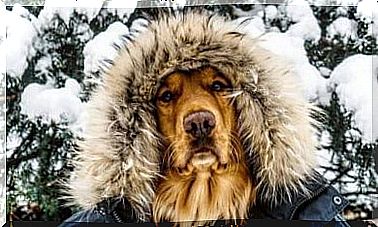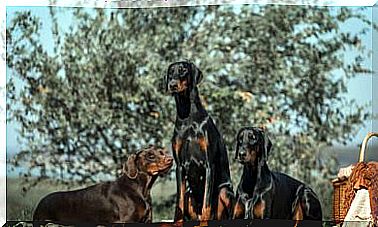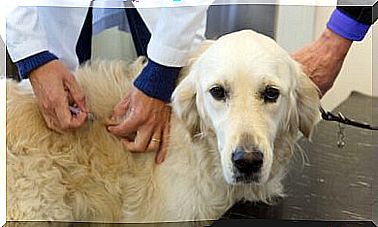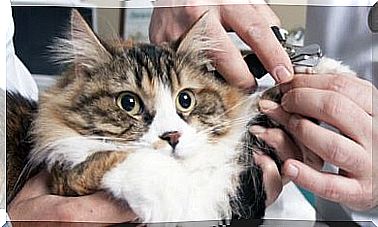The Last Iberian Lynx?

The Iberian lynx is one of the four lynx species that inhabit the planet, specifically the most threatened of all. Many wonder if this is the last Iberian lynx or if this feline species can be saved from extinction.
The Iberian Lynx: An Endangered Species
This species is a vital part of the Iberian fauna: smaller than its European counterparts, large beard and brown coat, the Iberian lynx is a cat that feeds mainly on rabbits and other small mammals and birds.
In the past, the Iberian lynx ( Lynx pardinu ) could be found throughout the Iberian peninsula and in part of France. However, its distribution has become restricted since the 20th century and, in the last decade of the millennium, its population is estimated to have fallen by 50%.
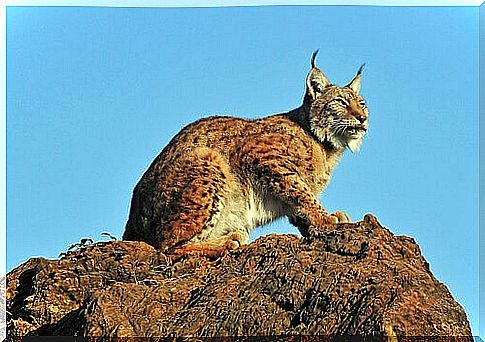
This means that in Spain only three viable subpopulations remained in the south of the country, especially in Doñana and Sierra Morena. Its population was categorized as Seriously Endangered in 1986, the last category before declaring an extinct species.
How did the Iberian lynx come to this situation?
The threats that have brought this feline to the brink of extinction are many, but the most important are poaching, which is increasingly punished, and being run over. The motor vehicle accidents are a major threat to the Iberian lynx, due to the need of these animals crossing roads to find food.
Another of its threats is tuberculosis and the scarce presence of rabbits. The Iberian rabbit was affected by various diseases viral quite disastrous: the hemorrhagic viral disease and myxomatosis are two of them. Although rabbit vaccines exist , they are very difficult to apply to these wild animals.

Our daily consumption also has an impact on the Iberian lynx. In this case, intensive livestock farming is displacing its prey and reducing its distribution, while the illegal drainage of Doñana for the cultivation of strawberries and other berries appears to be killing its main sanctuary.
What can we do to remedy this?
One of the main solutions launched is the captive breeding program, which allows the release of dozens of specimens each year into the wild, many of which have their offspring in the wild.
Another of the main lines of action has been the signaling of black spots and the creation of so-called wildlife passages or ecoducts. These two tools make it possible to reduce the number of pedestrians run over, saving dozens of lives each year. In fact, this is one of the current weaknesses, as their pedestrian crashes have increased by 300%.
Our society taking a stand against animal abuse and hunting also helps, but, as we’ve said, our consumption affects all species: the importance of our shopping cart is perhaps one of the main causes of species extinction and we must take this into account.
What is the future of the Iberian lynx?
The truth is that, despite its delicate state, there are reasons to wait: in 2015, the Iberian lynx was reclassified as an endangered species, that is, its degree of threat has decreased, as the population has been increasing in the last 10 years. .
However, a conservation pact for the species was signed in Portugal and, also, Andalusia and Murcia established a collaboration agreement for their protection. The breeding program has been rewarded, and the lynx appears to be returning to Extremadura and Castilla la Mancha, and has even been seen in Madrid and south of Castile and Leon.
The truth is that at the beginning of the century there were fewer than 100, but in 15 years it was possible to increase the population to 600. There is still a lot to be done, but it seems that, at least for the time being, we are not yet facing the last Iberian lynx.
